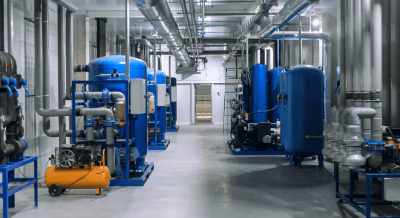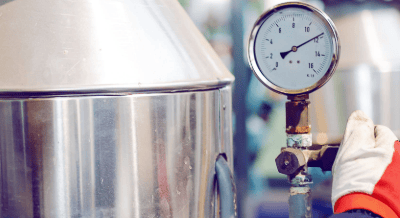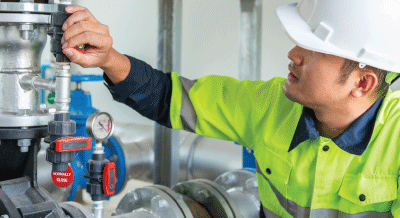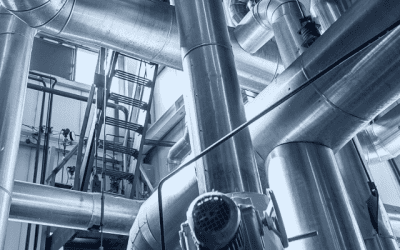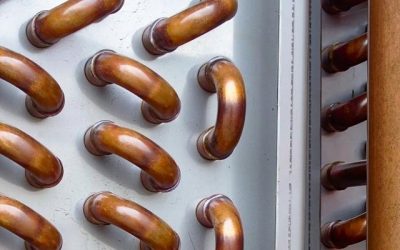Blog
From solving everyday challenges to tackling complex systems, learn real-world advice, how-tos, and updates from the field. We’re here to help you stay ahead—whether you’re looking for energy-saving solutions, product knowledge, or industry best practices.
10 Things You Didn’t Know About Industrial Humidification
When you hear the word “humidity,” you probably think about comfort—like avoiding dry winter air or sticky summer heat. But in industrial settings, humidity is about much more than comfort. It’s a critical factor that impacts production efficiency, safety, compliance,...
From Survey to Savings – 4 Steps in a Steam Trap Survey
A steam trap survey is more than a maintenance check—it’s a smart investment. By inspecting each trap and identifying failures, facilities can cut energy costs, boost reliability, and improve system efficiency. One failed trap can cost thousands annually, but proactive surveys can reduce failure rates to under 5%, unlocking major savings.
The Importance of Steam Trap Management
Steam traps may be small, but their impact is big. When overlooked, they can quietly drain energy, disrupt operations, and drive up costs. Discover the basics of steam trap management—why it matters, what can go wrong, and how simple steps like regular surveys and smart monitoring can help you stay ahead. Whether you’re troubleshooting or planning for long-term efficiency, this guide helps you keep your steam system focused and productive.
Electric Condensate Return Pumps: Powering Efficiency in Steam Systems
Electric condensate return pumps are essential for maximizing efficiency in steam systems. By recovering hot condensate and returning it to the boiler or central utility plant, these pumps help reduce energy use, chemical treatment costs, and equipment wear. Explore how electric centrifugal pumps work, how to avoid common issues like cavitation and seal failure, and what best practices can extend pump life.
Water Safety Considerations: 3 Practical Steps to Reduce the Risk of Legionella and Waterborne Pathogens
Legionella prevention is crucial for maintaining safe building water systems. In this blog, we explore practical steps to reduce the risk of Legionella and other waterborne pathogens. Learn how to maintain optimal water temperatures, minimize stagnant water, and implement effective disinfection methods.
The Hidden Costs of Improper Condensate Drainage: How Poor Design Wastes Energy and Money
Improper condensate drainage often flies under the radar—but it’s one of the biggest culprits behind energy loss, rising maintenance costs, and system failures. We will break down the most common design mistakes, why they matter, and how to fix them to keep your steam system efficient, reliable, and cost-effective.
6 Signs you Have an Insufficient Coil Design
Discover six signs your coil design is to blame for heating inefficiencies.

